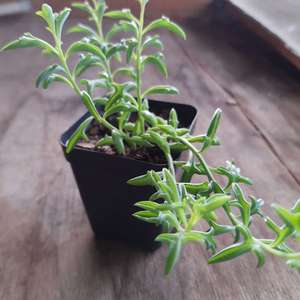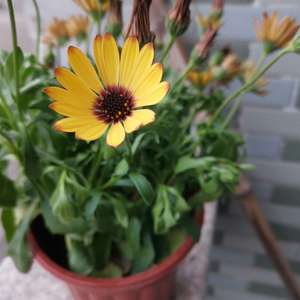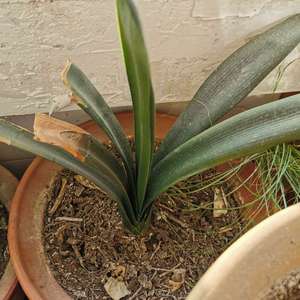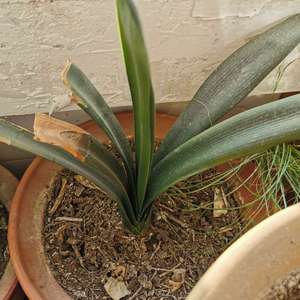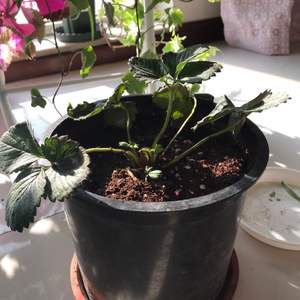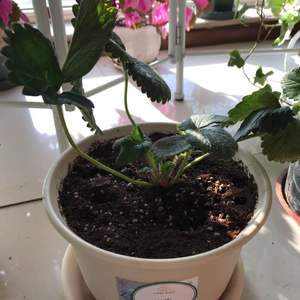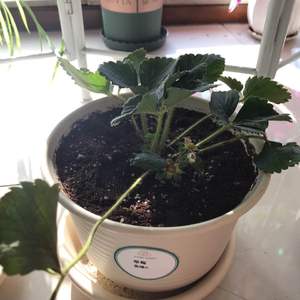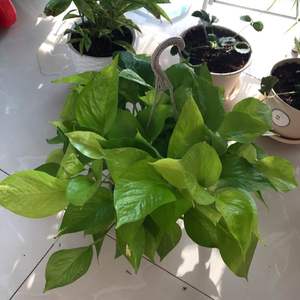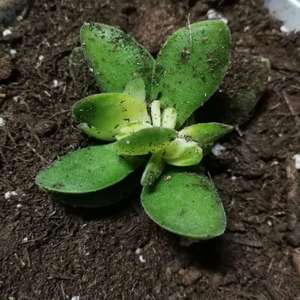文章
ritau
2020年03月19日

The garden strawberry (or simply strawberry; Fragaria × ananassa) is a widely grown hybrid species of the genus Fragaria, collectively known as the strawberries, which are cultivated worldwide for their fruit. The fruit is widely appreciated for its characteristic aroma, bright red color, juicy texture, and sweetness. It is consumed in large quantities, either fresh or in such prepared foods as jam, juice, pies, ice cream, milkshakes, and chocolates. Artificial strawberry flavorings and aromas are also widely used in products such as candy, soap, lip gloss, perfume, and many others.
The garden strawberry was first bred in Brittany, France, in the 1750s via a cross of Fragaria virginiana from eastern North America and Fragaria chiloensis, which was brought from Chile by Amédée-François Frézier in 1714. Cultivars of Fragaria × ananassa have replaced, in commercial production, the woodland strawberry (Fragaria vesca), which was the first strawberry species cultivated in the early 17th century.
The strawberry is not, from a botanical point of view, a berry. Technically, it is an aggregate accessory fruit, meaning that the fleshy part is derived not from the plant's ovaries but from the receptacle that holds the ovaries. Each apparent "seed" (achene) on the outside of the fruit is actually one of the ovaries of the flower, with a seed inside it.
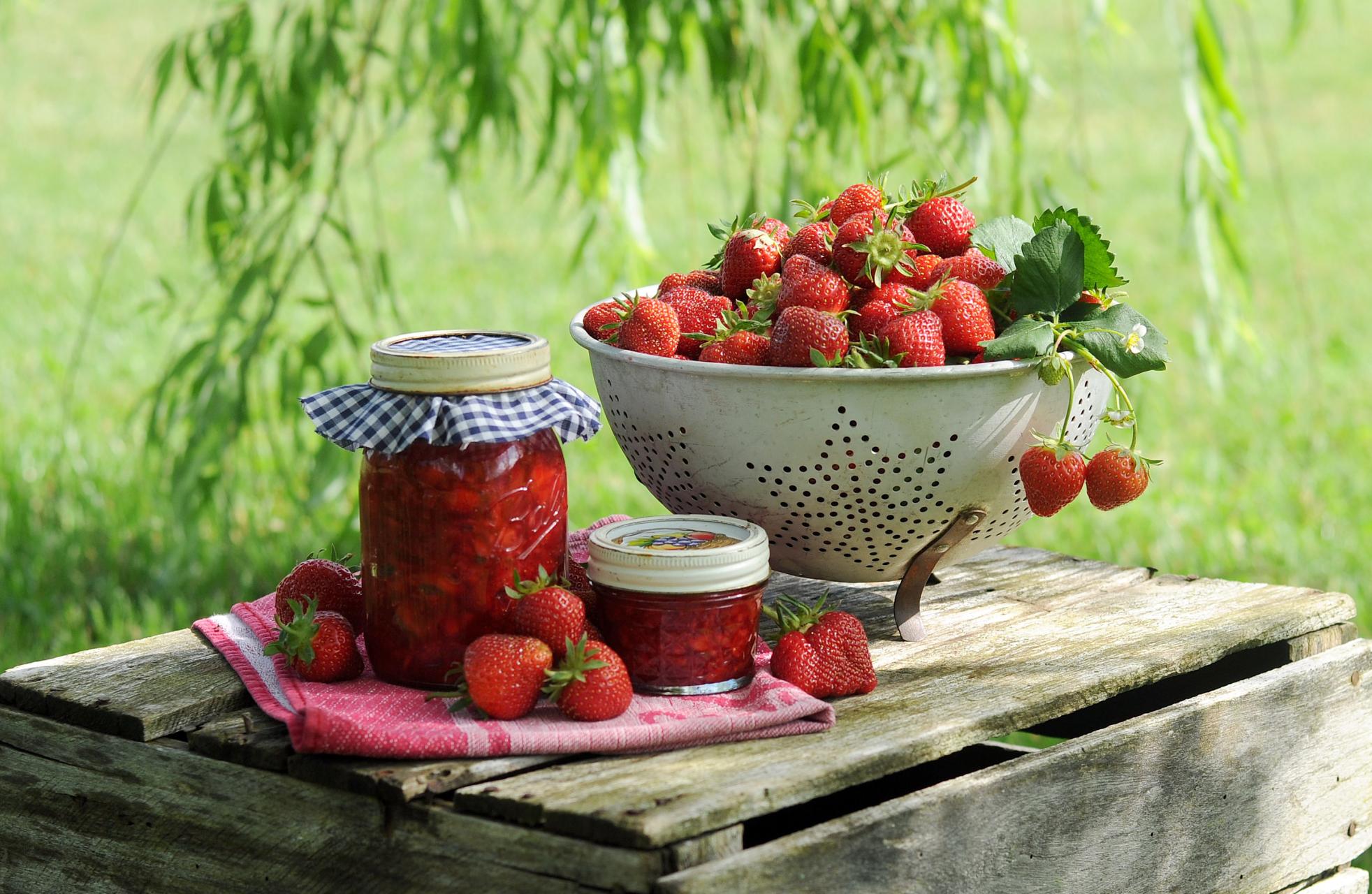
*How to grow?
1. DECIDE WHERE TO GROW YOUR STRAWBERRIES
Get them some sun on the balcony, rooftop, patio or doorstep.
And even if you live in an apartment, condo, townhouse, or small home, you can grow berries in a container on your balcony, rooftop, patio, or even doorstep. If your horizontal space is limited, consider growing strawberries in a hanging basket or stacked planter, which will allow you to take advantage of vertical growing space as the strawberry plants tumble out over the sides. By home-growing your own berries, you will also be helping the environment, since commercially grown strawberries use wasteful amounts of water, chemical fertilizers, and some of the worst pesticides imaginable, not to mention the environmental cost of shipping them for hundreds or thousands of miles.
A sunny spot outside your home is the best place to grow strawberries, though you can get a partial crop with less than a half day of direct sunlight. For shadier spots, try planting Alpine strawberries (available from vegetable seed catalogs and online nurseries), which take more patience but ultimately produce delicious fruit.
2. CHOOSE A CONTAINER FOR THEM
Give your plants enough room to grow.
Whether you choose a container made of clay, plastic, wood, or other material, make sure it has a soil depth of at least 12-14 inches to give the plants’ root systems space to grow. How many plants you can fit in will depend upon the width of the container, since you should space plants about 10-12 inches apart to allow them to spread horizontally.
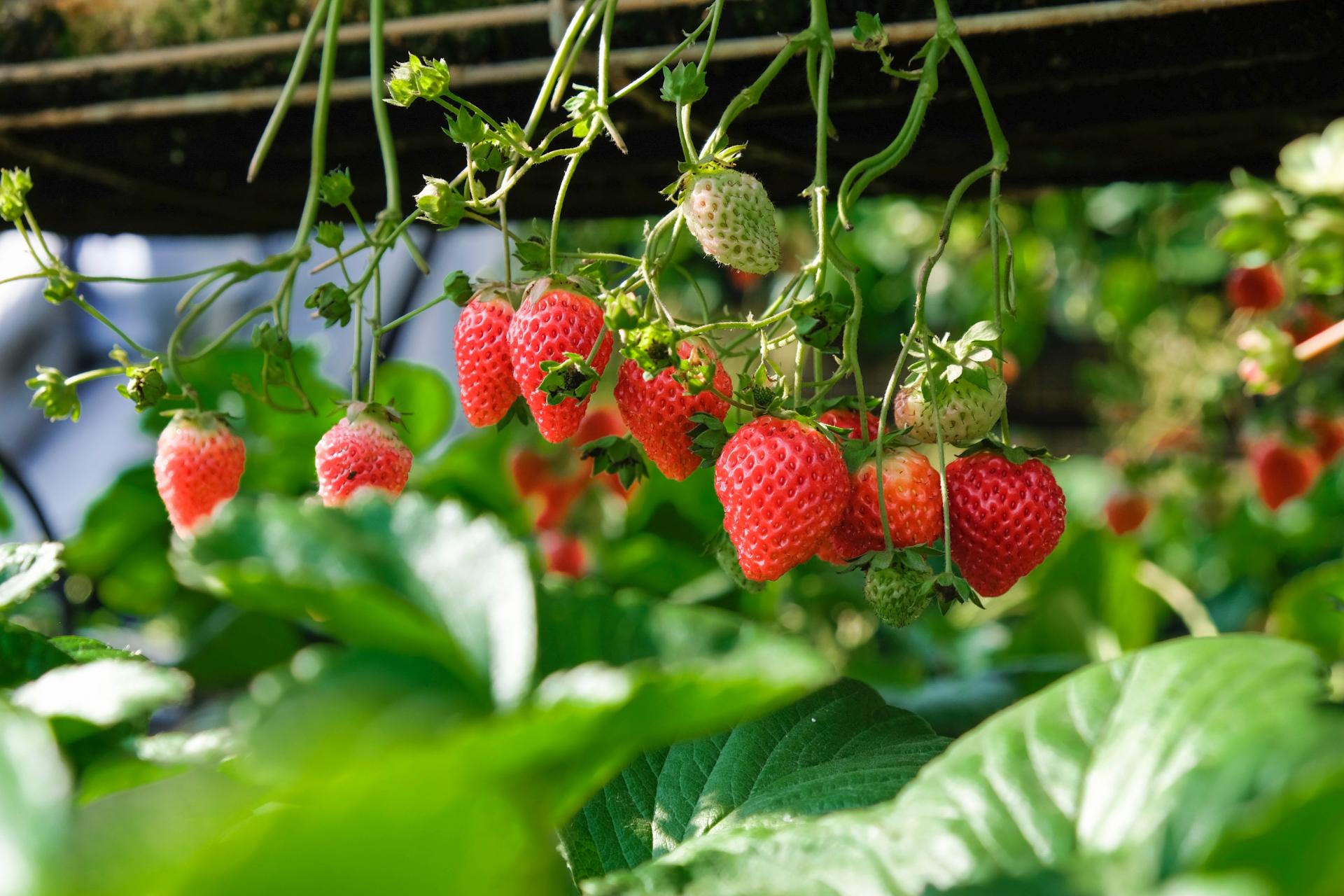
3. FILL THE CONTAINER WITH SOIL THAT MAKES STRAWBERRIES HAPPY
Strawberries like room!
Strawberries like deep, loamy soil that drains well. This means that it should contain plenty of organic matter (such as compost, shredded bark or peat moss) as well as some sand or grit. Most potting soil mixes sold at nurseries will be sufficient, and if you have access to compost, sprinkle an inch or so on top. Be sure the container has drainage holes in the bottom.
Before planting, buy a small bag of organic fertilizer from your nursery, mix it into your soil, and water this down. You can ask your nursery to recommend the right fertilizer for your soil type and region, but in general, strawberries like plenty of nitrogen plus balanced amounts of the other major nutrients. A 10-10-10 fertilizer is not excessive, especially since organic fertilizers have a slower release time.
4. GET YOUR STRAWBERRY PLANTS
Want your strawberries this year, or can you wait?
Your next step is to find some plants and put them in the soil. There are two main kinds of strawberries available: “June-bearing” plants that will bear in spring or early summer, and “Everbearing” or day-neutral varieties that can bear from early summer right up until your first frost. While June-bearing varieties can take a year to establish (you normally plant them now for next year’s harvest), everbearing plants can give you fruit the very first year and may allow you to extend your harvest over a period of weeks or months. There are many great varieties of strawberries out there and your local nursery should be able to recommend some good ones for the climate in your area. Sequoia and Chandler are the two sweetest berries I have ever tasted, while Seascape, Honeoye, Quinalt, Tristar, and Allstar have proven themselves in multiple climates.
5. CARE FOR YOUR PLANTS AND ENJOY
For optimum production, keep your strawberry plants well watered throughout the growing season. Plants should continue to be productive for at least 2-3 years, but will need to be replaced thereafter. To renovate June-bearing plants for next year, trim off their old leaves, making sure not to damage the center stalk (crown) of the plant. Everbearers do not need this trimming, but all plants should be given some top-dressed fertilizer again after fruiting. I wish you the best of success in growing your own berries!
R.J. Ruppenthal is author of FRESH FOOD FROM SMALL SPACES
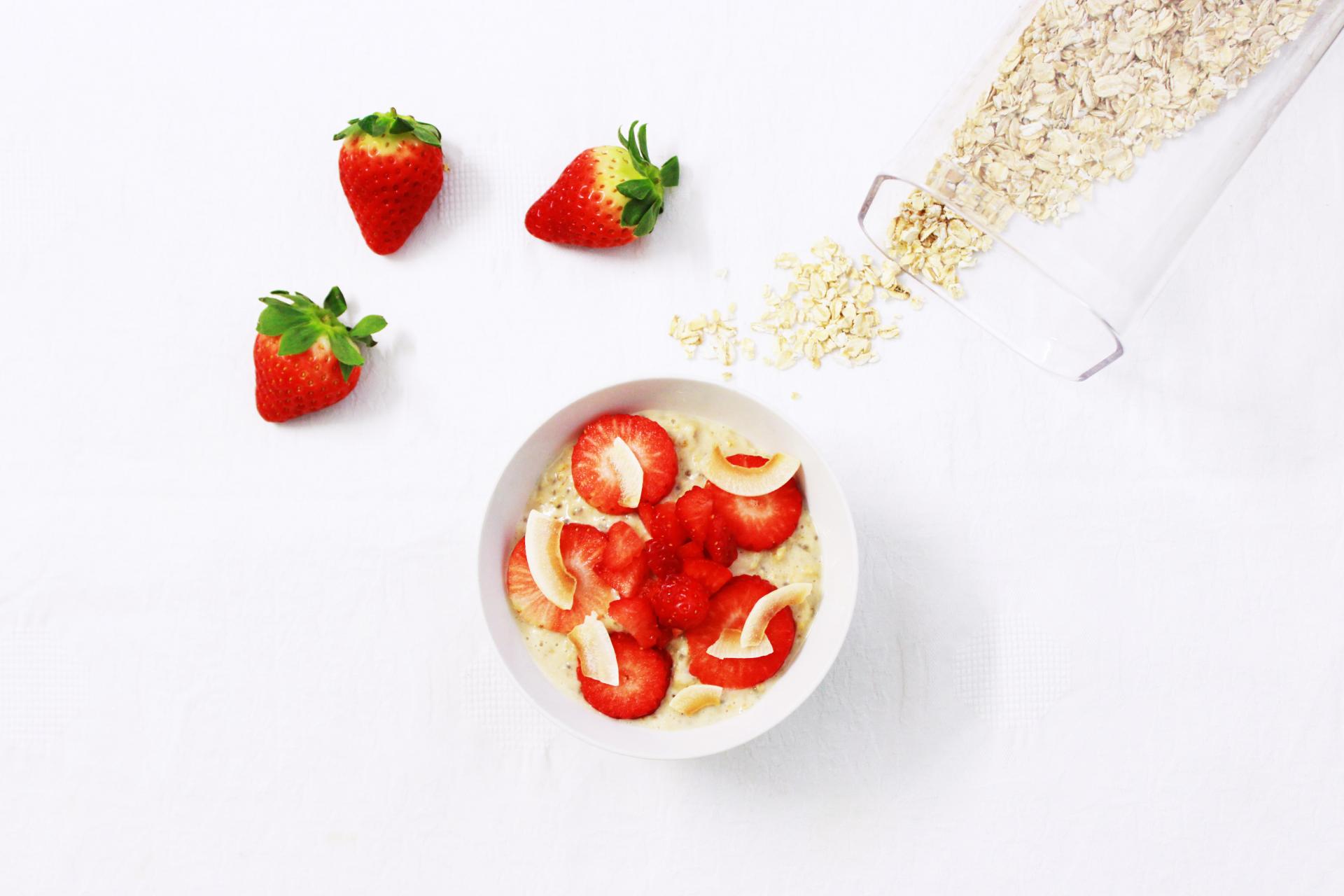
The garden strawberry was first bred in Brittany, France, in the 1750s via a cross of Fragaria virginiana from eastern North America and Fragaria chiloensis, which was brought from Chile by Amédée-François Frézier in 1714. Cultivars of Fragaria × ananassa have replaced, in commercial production, the woodland strawberry (Fragaria vesca), which was the first strawberry species cultivated in the early 17th century.
The strawberry is not, from a botanical point of view, a berry. Technically, it is an aggregate accessory fruit, meaning that the fleshy part is derived not from the plant's ovaries but from the receptacle that holds the ovaries. Each apparent "seed" (achene) on the outside of the fruit is actually one of the ovaries of the flower, with a seed inside it.

*How to grow?
1. DECIDE WHERE TO GROW YOUR STRAWBERRIES
Get them some sun on the balcony, rooftop, patio or doorstep.
And even if you live in an apartment, condo, townhouse, or small home, you can grow berries in a container on your balcony, rooftop, patio, or even doorstep. If your horizontal space is limited, consider growing strawberries in a hanging basket or stacked planter, which will allow you to take advantage of vertical growing space as the strawberry plants tumble out over the sides. By home-growing your own berries, you will also be helping the environment, since commercially grown strawberries use wasteful amounts of water, chemical fertilizers, and some of the worst pesticides imaginable, not to mention the environmental cost of shipping them for hundreds or thousands of miles.
A sunny spot outside your home is the best place to grow strawberries, though you can get a partial crop with less than a half day of direct sunlight. For shadier spots, try planting Alpine strawberries (available from vegetable seed catalogs and online nurseries), which take more patience but ultimately produce delicious fruit.
2. CHOOSE A CONTAINER FOR THEM
Give your plants enough room to grow.
Whether you choose a container made of clay, plastic, wood, or other material, make sure it has a soil depth of at least 12-14 inches to give the plants’ root systems space to grow. How many plants you can fit in will depend upon the width of the container, since you should space plants about 10-12 inches apart to allow them to spread horizontally.

3. FILL THE CONTAINER WITH SOIL THAT MAKES STRAWBERRIES HAPPY
Strawberries like room!
Strawberries like deep, loamy soil that drains well. This means that it should contain plenty of organic matter (such as compost, shredded bark or peat moss) as well as some sand or grit. Most potting soil mixes sold at nurseries will be sufficient, and if you have access to compost, sprinkle an inch or so on top. Be sure the container has drainage holes in the bottom.
Before planting, buy a small bag of organic fertilizer from your nursery, mix it into your soil, and water this down. You can ask your nursery to recommend the right fertilizer for your soil type and region, but in general, strawberries like plenty of nitrogen plus balanced amounts of the other major nutrients. A 10-10-10 fertilizer is not excessive, especially since organic fertilizers have a slower release time.
4. GET YOUR STRAWBERRY PLANTS
Want your strawberries this year, or can you wait?
Your next step is to find some plants and put them in the soil. There are two main kinds of strawberries available: “June-bearing” plants that will bear in spring or early summer, and “Everbearing” or day-neutral varieties that can bear from early summer right up until your first frost. While June-bearing varieties can take a year to establish (you normally plant them now for next year’s harvest), everbearing plants can give you fruit the very first year and may allow you to extend your harvest over a period of weeks or months. There are many great varieties of strawberries out there and your local nursery should be able to recommend some good ones for the climate in your area. Sequoia and Chandler are the two sweetest berries I have ever tasted, while Seascape, Honeoye, Quinalt, Tristar, and Allstar have proven themselves in multiple climates.
5. CARE FOR YOUR PLANTS AND ENJOY
For optimum production, keep your strawberry plants well watered throughout the growing season. Plants should continue to be productive for at least 2-3 years, but will need to be replaced thereafter. To renovate June-bearing plants for next year, trim off their old leaves, making sure not to damage the center stalk (crown) of the plant. Everbearers do not need this trimming, but all plants should be given some top-dressed fertilizer again after fruiting. I wish you the best of success in growing your own berries!
R.J. Ruppenthal is author of FRESH FOOD FROM SMALL SPACES

0
0
文章
ritau
2020年01月17日

Hi everybody, today I'm going to introduce 6 ideas for balcony gardening, come and try!
1. Sunny Side
This balcony garden is sunny and bright! Citrus trees love the sun, making a sunny balcony the ideal location for growing your own fruit. This creative balcony garden proves you do not need matching pots to be a stunning area. The plants are offered protection from the sun by the white umbrella secured to the balcony railing. From the collection of play toys to the red and white striped fabric shade, this is also a space to share with a child. The addition of the hanging light over the café table allows this balcony to be used even at night!

2. Tiny Park
Is a tiny yard and garden on your balcony possible? When creating a balcony garden design you can have both! Using AstroTurf on your balcony floor, you are able to create a yard in the city or on your apartment balcony. Colorful, yet edible kale is showcased in wooden crates. Hanging garden boxes provide additional growing space on the balcony railing in this design. With the predominantly green landscape, the pop of fuchsia color from the flower is a nice addition. Even the tiny herbs have a home in the small terra cotta pots lining the side of this balcony!

3. Modern Comfort
Modern meets comfort in this beautiful balcony garden decor. Elements of home design have been carried through to this balcony. When combining home design with the outdoors, it’s important to bring home décor to the space. With the pillow, blanket, and serving tray this balcony garden has done just that! Aside from the wicker chair, this space doesn’t feature typical outdoor furniture. A stool is used as a plant display and a rope covered ottoman keeps the home décor feel alive. Keeping with the theme, the rug breaks up the modern gray on this balcony adding yet another visual element of comfort.

4. The Secret Garden
Sometimes you need a retreat you can escape to. This serene balcony garden is reminiscent of a secret Victorian garden with the ivy growing along the stone wall. Including a stone angel statue further confirms the feel. Growing trees in pots is a great way to add vertical elements. This design also incorporates stacking pots for added height. In this balcony garden design, rosemary is in bloom creating a delightful smell as well as adding a touch of purple color. The modest café table ensures a nice place to sit for coffee, tea, or simply a place to rest.

5. Italian Flair
Inspired by an Italian window garden, this colorful balcony proves you can make a dramatic impact in a small space. Although there isn’t enough room for a table or chairs, this beautiful display of showy petunias is a showstopper. Window boxes are hung on the outside of the balcony where they can easily be seen from below. This design incorporates smaller pots on the inside of the balcony floor to grow greenery. By adding the greenery, a nice backdrop is provided for the petunias creating a seamless flow. Even the wall behind the balcony was used to display the beautiful flowers.

Source:HOMEBNC
1. Sunny Side
This balcony garden is sunny and bright! Citrus trees love the sun, making a sunny balcony the ideal location for growing your own fruit. This creative balcony garden proves you do not need matching pots to be a stunning area. The plants are offered protection from the sun by the white umbrella secured to the balcony railing. From the collection of play toys to the red and white striped fabric shade, this is also a space to share with a child. The addition of the hanging light over the café table allows this balcony to be used even at night!

2. Tiny Park
Is a tiny yard and garden on your balcony possible? When creating a balcony garden design you can have both! Using AstroTurf on your balcony floor, you are able to create a yard in the city or on your apartment balcony. Colorful, yet edible kale is showcased in wooden crates. Hanging garden boxes provide additional growing space on the balcony railing in this design. With the predominantly green landscape, the pop of fuchsia color from the flower is a nice addition. Even the tiny herbs have a home in the small terra cotta pots lining the side of this balcony!

3. Modern Comfort
Modern meets comfort in this beautiful balcony garden decor. Elements of home design have been carried through to this balcony. When combining home design with the outdoors, it’s important to bring home décor to the space. With the pillow, blanket, and serving tray this balcony garden has done just that! Aside from the wicker chair, this space doesn’t feature typical outdoor furniture. A stool is used as a plant display and a rope covered ottoman keeps the home décor feel alive. Keeping with the theme, the rug breaks up the modern gray on this balcony adding yet another visual element of comfort.

4. The Secret Garden
Sometimes you need a retreat you can escape to. This serene balcony garden is reminiscent of a secret Victorian garden with the ivy growing along the stone wall. Including a stone angel statue further confirms the feel. Growing trees in pots is a great way to add vertical elements. This design also incorporates stacking pots for added height. In this balcony garden design, rosemary is in bloom creating a delightful smell as well as adding a touch of purple color. The modest café table ensures a nice place to sit for coffee, tea, or simply a place to rest.

5. Italian Flair
Inspired by an Italian window garden, this colorful balcony proves you can make a dramatic impact in a small space. Although there isn’t enough room for a table or chairs, this beautiful display of showy petunias is a showstopper. Window boxes are hung on the outside of the balcony where they can easily be seen from below. This design incorporates smaller pots on the inside of the balcony floor to grow greenery. By adding the greenery, a nice backdrop is provided for the petunias creating a seamless flow. Even the wall behind the balcony was used to display the beautiful flowers.

Source:HOMEBNC
0
0



